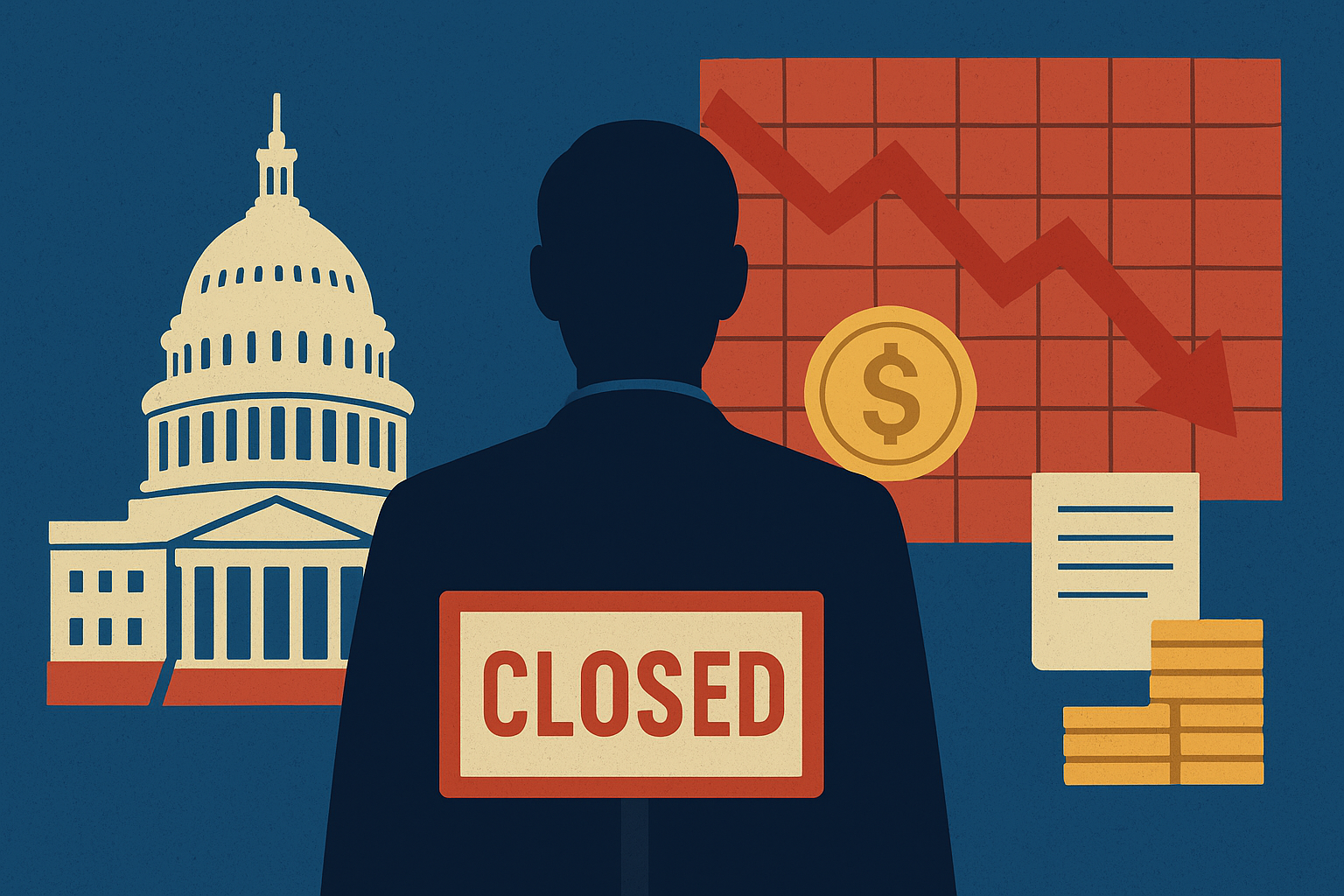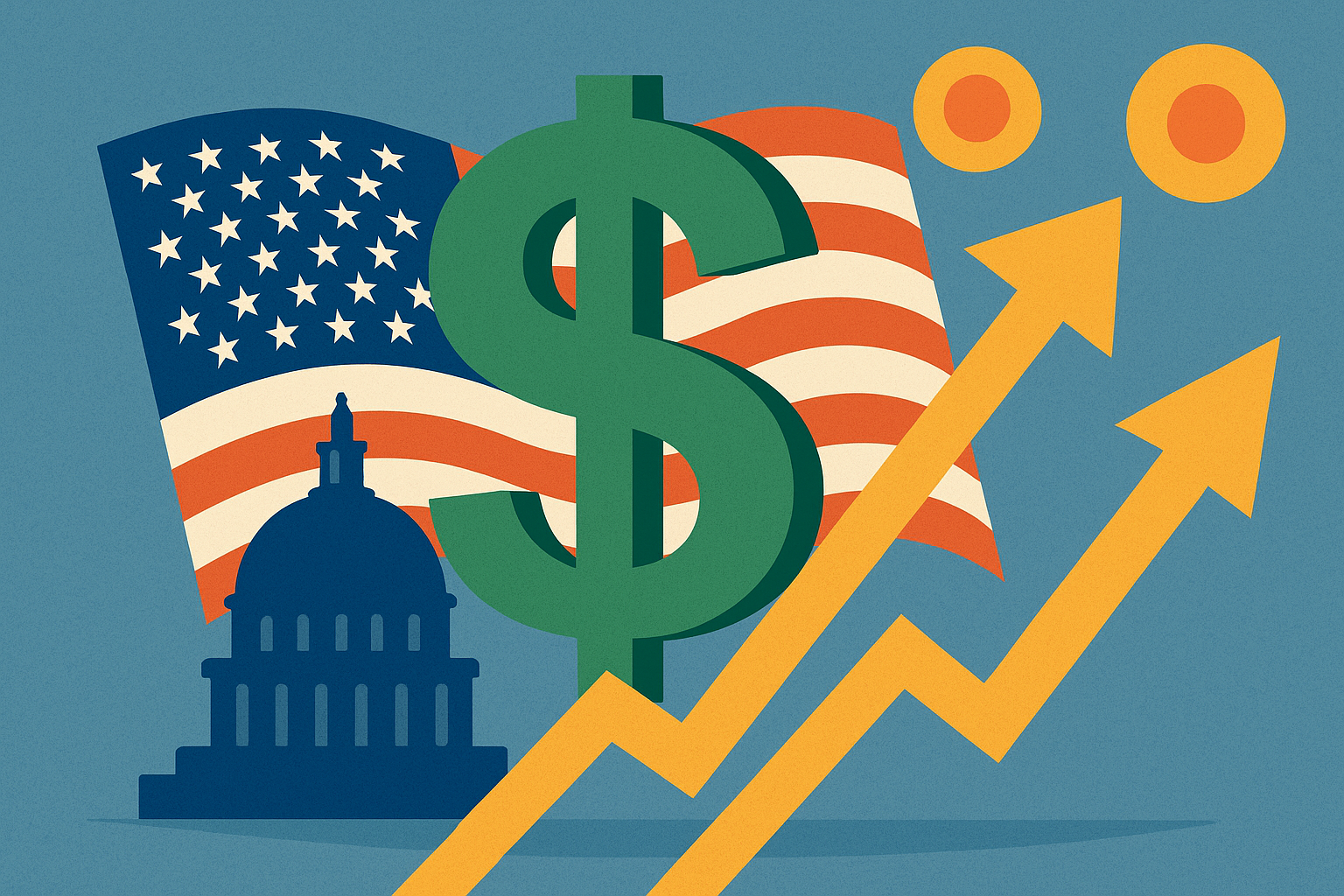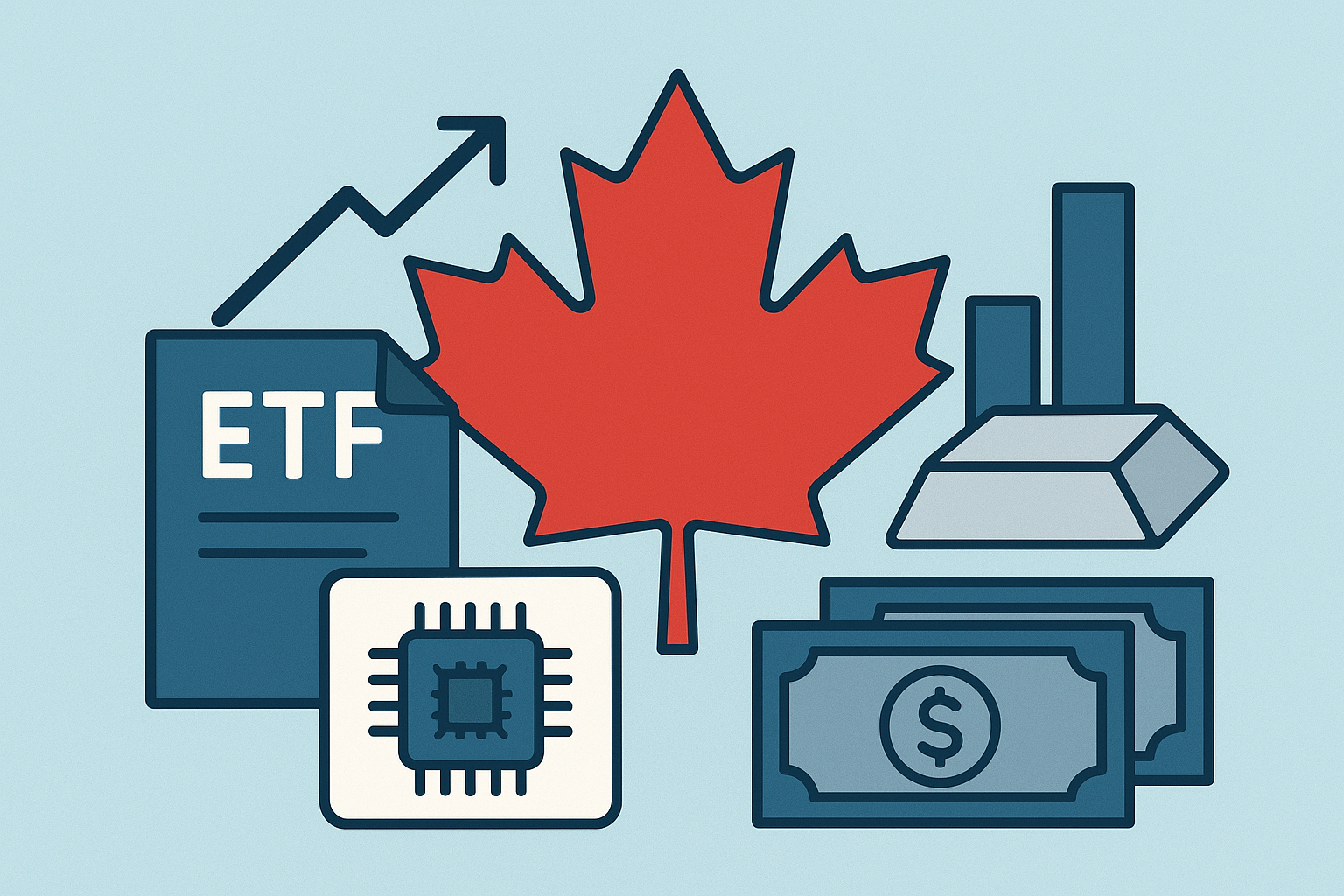Markets are staring down a new level of political risk as Washington braces for the largest mass resignation in federal history. Over 100,000 government employees are expected to formally step down under a Trump administration order, according to The Guardian, even as Congress struggles to pass a funding resolution before the fiscal year deadline. The dual shock of a mass resignation and potential partial government shutdown is rattling investors, adding a layer of political risk that could complicate already fragile market sentiment.
Why This Matters for Investors
A shutdown has historically led to ripple effects across markets, but the scale of the current situation is unprecedented. Federal agencies provide critical data—on jobs, inflation, consumer spending—that guides Federal Reserve policy. If publication of these reports is delayed or disrupted, investors and policymakers alike could be navigating blind in the months ahead.
As Reuters notes, a funding lapse would likely stall key regulatory decisions, delay contracts in defense and infrastructure, and disrupt approvals in industries ranging from healthcare to energy. The uncertainty compounds existing market volatility, with the S&P 500 already facing choppy trading sessions on concerns over high valuations and rising bond yields.
The Economic and Market Backdrop
- Labor Market Impact: The sudden departure of 100,000+ federal workers raises the risk of reduced government capacity in areas like compliance, permitting, and enforcement. Analysts warn this could slow down investment timelines in regulated sectors.
- Fed Policy Complications: Without fresh economic data, the Federal Reserve could find itself making rate decisions based on outdated or incomplete information. That uncertainty is a recipe for volatility in both equities and bonds.
- Sector Sensitivity: Companies tied to federal spending—particularly defense contractors, infrastructure developers, and healthcare providers—face elevated headline risk. Conversely, sectors less dependent on government contracts may be viewed as safer havens in the short term.
Gold prices edged higher in premarket trading on fears of prolonged dysfunction, while U.S. Treasury yields initially dipped as investors rotated toward safe-haven assets. Equity futures reflected heightened caution, with traders cutting risk exposure heading into quarter-end.
Future Trends to Watch
- Shutdown Duration: Historically, markets tend to brush off short shutdowns. A longer one could inflict real economic damage, especially if it interrupts pay for government employees and contractors.
- Fiscal Stimulus Delays: Any prolonged standoff could stall policy initiatives in infrastructure and energy transition that investors have priced into valuations.
- Safe-Haven Rotation: Expect increased flows into Treasuries, gold, and possibly defensive equities if political instability escalates.
- Volatility Spike: The VIX could rise sharply if traders lose confidence in the government’s ability to deliver reliable data and fiscal clarity.
Key Investment Insight
Investors may want to reduce directional risk and maintain nimble positioning until greater clarity emerges from Washington. Hedging against volatility, keeping portfolios diversified, and monitoring sectors most tied to government contracts are prudent moves in the near term. Meanwhile, safe-haven assets such as Treasuries and gold appear well positioned to absorb inflows if political uncertainty intensifies.
Political shocks are no longer just background noise—they are becoming a central market driver. As the shutdown threat deepens and mass resignations reshape the federal landscape, investors should brace for heightened volatility and stay focused on navigating policy-driven risks.
Stay connected with MoneyNews.Today for daily insights on how politics and markets intersect to shape the investment landscape.





